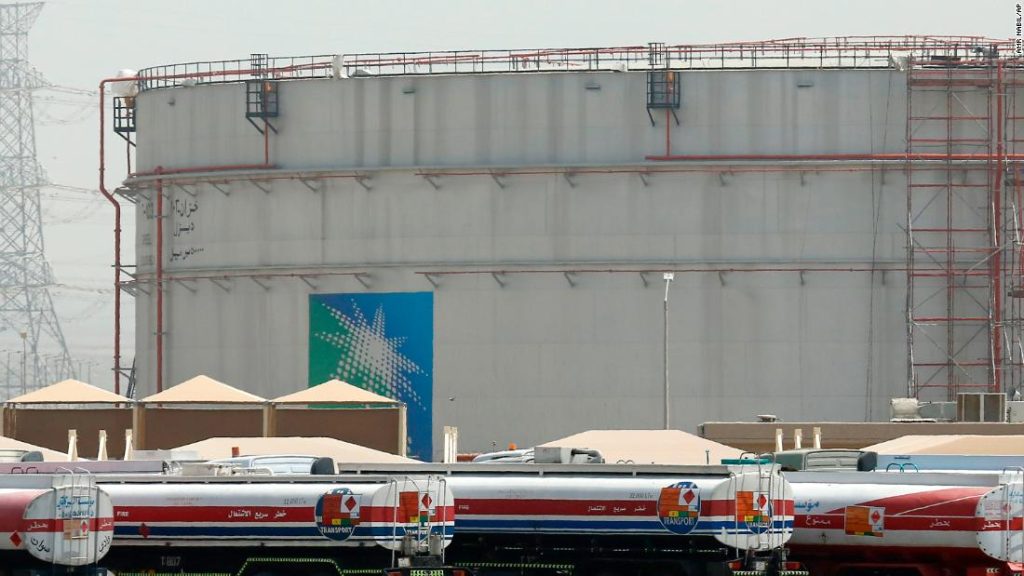Saudi Arabia could invest $50 billion this year to boost oil capacity

Oil prices leapt 50% last year as demand recovered from the Covid-19 pandemic, and then surged above $100 a barrel to 14-year highs in February after Russia invaded Ukraine, leading Western nations to urge Aramco made $110 billion in net profit in 2021, up from $49 billion a year earlier and compared with analysts’ mean estimate of $106 billion, according to Refinitiv Eikon. With a rise in both output and prices, analysts expect net profit to reach $140 billion in 2022.Aramco’s shares rose over 4% in early trade to a high of 43.85 riyals, valuing it at 8.76 trillion riyals ($2.34 trillion).A $2 trillion valuation was a goal sought by de-facto Saudi leader Crown Prince Mohammed bin Salman before the company’s record $29.4 billion initial public offering in 2019. He has announced plans to sell more Aramco shares.The surge in Aramco’s valuation on Sunday moved it above that of Microsoft, though it remains behind Apple’s $2.68 trillion.The Saudi government said last month that Crown Prince Mohammed, who is leading a huge investment drive to diversify the kingdom’s economy, had transferred 4% of Aramco shares to the country’s sovereign wealth fund. Boosting capex”They are ramping up the reinvestment quite substantially and they are likely to use (the free cash flow) to de-lever the balance sheet,” said Yousef Husseini, head of the materials team at EFG Hermes Research.Aramco said its free cash flow was $107.5 billion last year, compared with $49.1 billion in 2020. It declared a dividend of $75 billion for 2021, in line with its earlier pledge.The company said it also planned to develop a significant hydrogen export capability and become a global leader in carbon capture and storage technology.Nasser told an earnings call that global oil demand was growing healthily and spare production capacity was declining.In a separate statement he said “although economic conditions have improved considerably, the outlook remains uncertain due to various macro-economic and geopolitical factors.”







